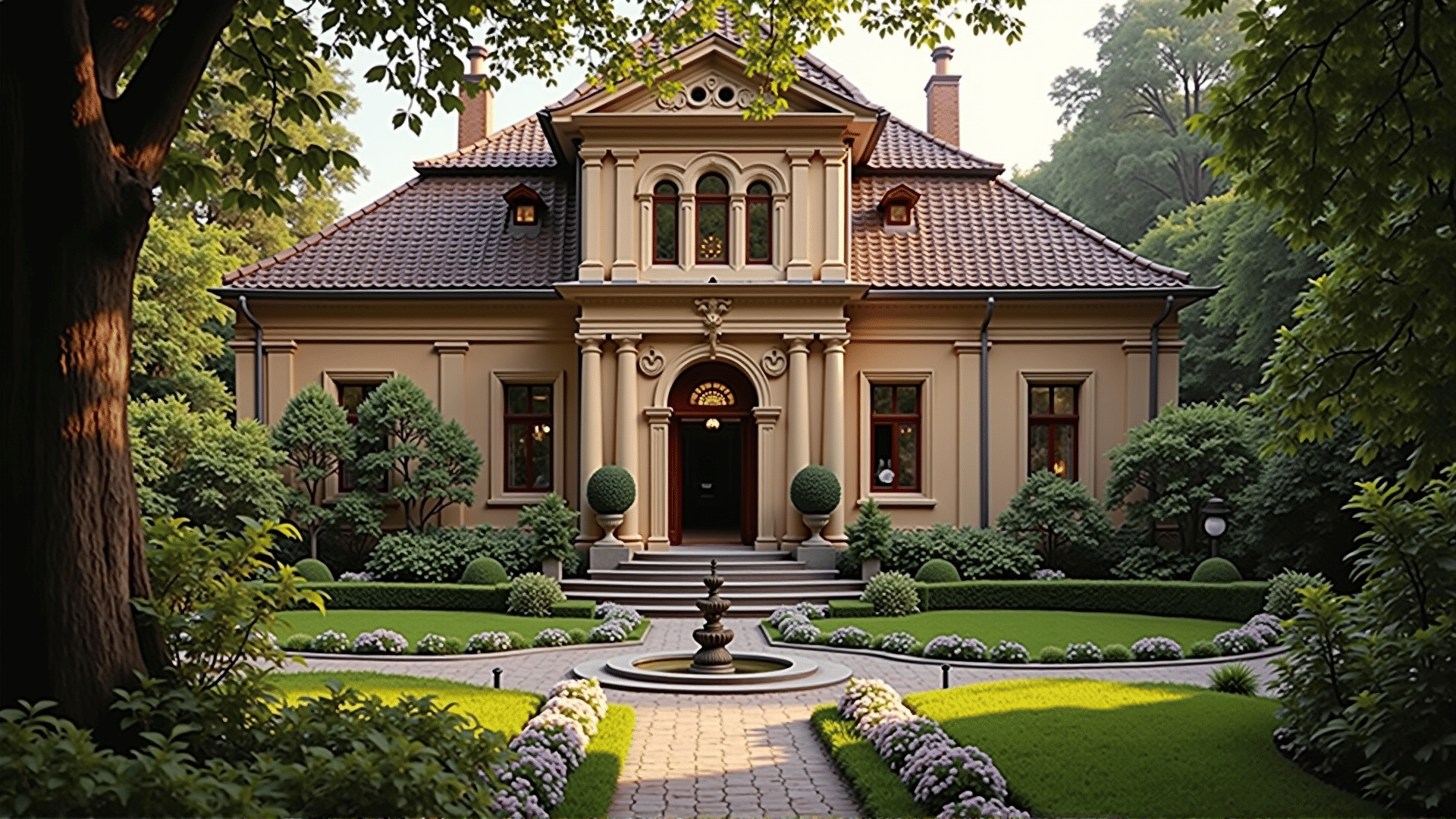In an era where rapid technological advancement continuously propels society into the future, there remains an intrinsic value in respecting and preserving the past. Cultural heritage projects stand as vital endeavors in this respect, serving not only to restore physical structures and artifacts but also to honor the intangible cultural significance they embody. These projects are meticulous in their approach, valuing authenticity, historical accuracy, and ethical considerations as they aim to protect the legacy of diverse cultures for future generations.
At their core, cultural heritage projects are collaborative efforts, bringing together historians, architects, archaeologists, conservators, and local communities. This interdisciplinary approach ensures that restoration and preservation efforts are comprehensive, respecting the multifaceted nature of cultural heritage. Historians provide context and narrative, elucidating the significance of cultural sites and artifacts, while architects and conservators employ their technical skills to restore them to their former glory. Local communities, meanwhile, offer invaluable insights and connections, ensuring that projects resonate with the people who are most closely affiliated with the heritage being preserved.
One of the foundational principles of these projects is authenticity. Restorative efforts strive to maintain the original construction materials and techniques wherever possible. For example, in the restoration of ancient structures, conservators often seek out original stone quarries or replicate traditional building methods to ensure that the integrity of the site is maintained. This dedication to authenticity not only bolsters historical accuracy but also enhances the educational value of restored sites, offering visitors a glimpse into the past unclouded by modern alterations.
Moreover, these projects are mindful of the stories and values embodied within cultural heritage. Many sites and artifacts are not merely relics of the past; they are active participants in cultural identity and collective memory. By preserving these elements, heritage projects safeguard the stories and traditions that have shaped communities over centuries. This is particularly crucial in an increasingly globalized world, where the risk of cultural homogenization threatens the diversity of human expression. Heritage projects enable communities to maintain a tangible connection to their roots, fostering a sense of pride and continuity in the face of change.
Ethical considerations also play a significant role. It is imperative that cultural heritage projects are sensitive to the narratives and values of indigenous and local populations. Efforts must be guided by consent, cooperation, and respect for intellectual property. The focus should be on empowerment rather than exploitation, ensuring that communities have autonomy over how their heritage is interpreted and displayed. This approach not only strengthens the project’s outcomes but also fosters a spirit of stewardship and responsibility among all stakeholders.
In addition to preserving the past, cultural heritage projects have the potential to invigorate local economies. Restored sites often become significant cultural attractions, drawing tourists and generating income that can be reinvested into further conservation efforts and community development projects. This cyclical benefit underscores the broader societal value of preserving cultural heritage, extending its impact beyond historical and cultural realms to socioeconomic advancement.
In conclusion, cultural heritage projects are pivotal endeavors that honor the past while engaging with the present and future. By respecting history through meticulous restoration and preservation, these projects uphold the cultural significance of diverse heritages across the globe. They serve as bridges between generations, enabling us to learn from those who came before us while ensuring that future generations inherit a world rich in history, culture, and diversity. As we continue to forge ahead in an ever-changing world, these projects remind us of the importance of safeguarding our shared human legacy.
